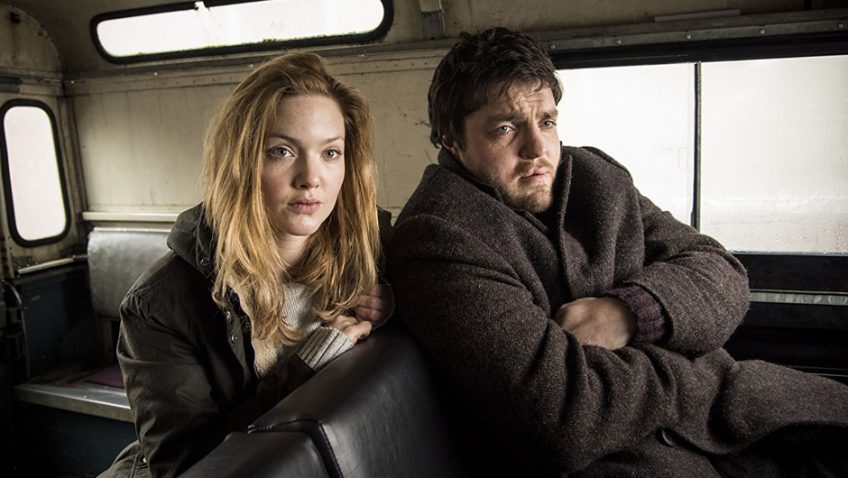Robert Tanitch reviews the latest DVDs
The L-Shaped Room (StudioCanal) is in a sleazy boarding house in a tawdry 1962 Notting Hill Gate. The landlady is played Avis Bunnage (excellent) and her lodgers (also excellently cast) include an unpublished writer (Tom Bell), a gay jazz musician (Brock Peters), a former music hall artiste (Cicely Courtneidge), two prostitutes and a 27-year-old French woman (Leslie Caron), who has come to England because she is pregnant. Everybody presumes she will want to get rid of the baby. In Lynne Reid Banks’ best-selling novel she was English. In Bryan Forbes’s film, she is French only because she is played by Caron. The casting never feels right in this particular English set-up but her acting was so good she won many awards. The film, rooted in the social realities and taboos of the day regarding pre-marital sex, unmarried mothers and abortion, did extremely well at the box office.
Strike: The Cuckoo’s Calling (Warner Brothers Home Entertainment). Those who know that author Robert Galbraith is the nom de plume of J K Rowling are more likely to want to watch this so-so crime story than those who don’t. This BBC television film opens with glamorous top model Elarica Johnson playing a glamorous top model very convincingly. Sadly, she is murdered immediately. Tom Burke is cast as the private investigator Cormoran Strike, an amputee, who is given to peeing in his plastic coffee cup. Burke brings to the role a grubby, tired-eyed, rumpled, shambolic charm. His non-relationship with his secretary (Holliday Grainger), who is an absolute sweetie, proves to be much more interesting than solving who did the murder. The production is stretched with a lot of unnecessary shots in order to fill three episodes when two would have been quite sufficient.
Montparnasse 19 (Arrow) is a 1958 French film, set mainly in Paris in 1919 and based very loosely on the last years of the legendary, impoverished, hard-drinking, womanising painter, Modigliani (1884-1920), the archetypal romantic dissolute artist dying in a garret. He was only 35. Max Ophúls was about to direct the film when he died. Gérard Philipe, who was wrong for the part physically, was already signed up. Jacques Becker took over and didn’t like Philipe’s theatrical style, so visible in the scene late at night on the banks of the Seine when he rails against his mistress, Jeanne Hébuterne (the lovely Anouk Aimée) for always trying to please him. Lino Ventura is excellent as an art dealer, biding his time, waiting for Modigliani to die and buy up all his paintings for a song, the film’s final and memorable image. Philipe, France’s greatest actor on stage and on film in the 1940s and 1950s, died in 1959 aged only 36. NB you can see Modigliani portraits at Tate Modern now.
War for the Planet of the Apes (20th Century Fox). Ape-oalypse Now! The last of the prequel-“Planet of the Apes” series will alao have a special appeal for orang-utans and all those who enjoyed the other two epics. Matt Reeves directs and the computer generated imagery is impressive. The apes are the good guys, led by Andy Serkis, who declares, “We are not savage.” The bad guys are the humans led by Woody Harrelson, a “heart of darkness” soldier, who wants to kill all the apes before they take over the planet. He wants to save humanity but he is inhuman. The apes are bilingual, speaking English and ape, which is sub-titled for the non-ape audience.
To learn more about Robert Tanitch and his reviews, click here to go to his website








